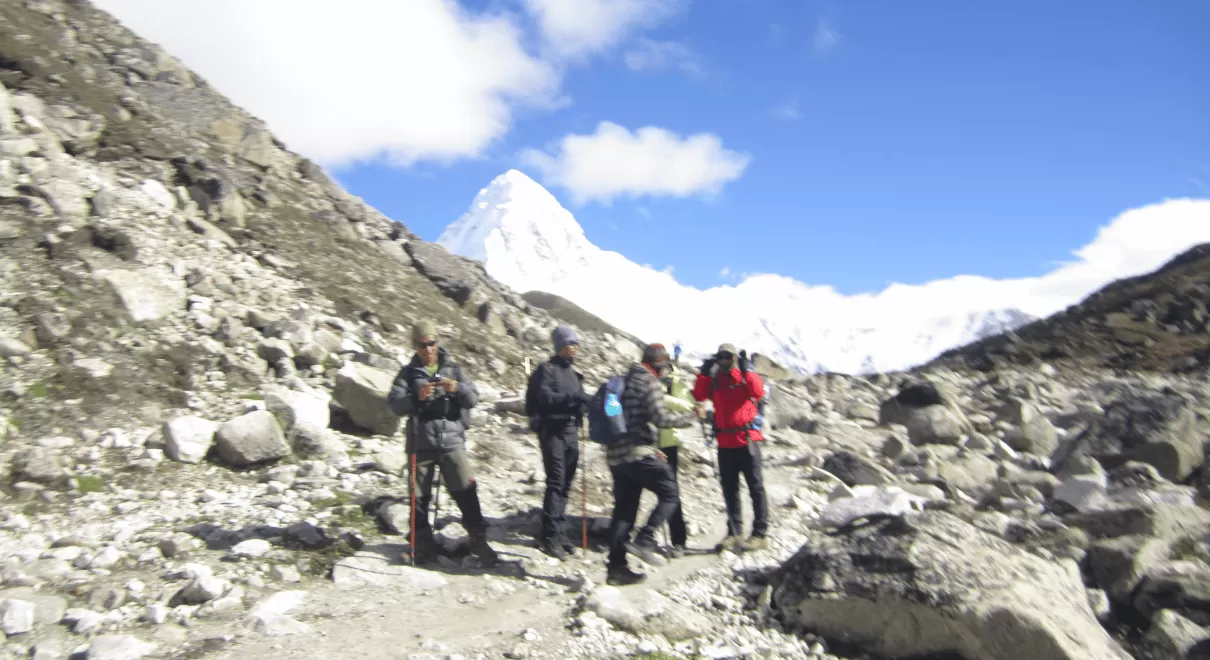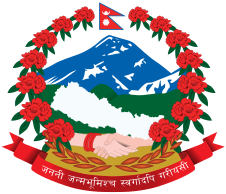Trekking in Nepal Everest Base Camp

Nepal Everest Base Camp Trek: A Complete Guide for Potential Explorers
Everest Base Camp is the world's most popular trek, and it is visited by thousands of adventure enthusiasts every year at the base of the world's highest mountain. The ancient Khumbu trek takes you through some of the world's most spectacular Himalayan scenery, the cultural riches of the land of the Sherpa, and the ultimate feelings of accomplishment at the end of it.
Does Everest Base Camp Need Experience?
Although the Nepal Everest Base Camp trek is accompanied by certain risks, appropriate planning and being accompanied by guidance might cut down perils by much. Altitude illness, unpredictable weather, and likely injuries in mountainous terrain worry more casual hikers. However, with experienced guides, appropriate dates of acclimatization, as well as appropriate gear, thousands of hikers safely finish the journey annually with minimal problems.
How Long Does It Take to Hike to Everest Base Camp?
The typical 12-14-day Everest Base Camp trek includes days of acclimatization at Dingboche and Namche Bazaar. The time is long enough for you to properly acclimatize and minimize altitude sickness issues. Shorter trips can be had, but they move through the experience too quickly and blur the experience of going on this magnificent adventure.
Breathing Difficulties and Altitude Considerations
One of the first questions is, "Is it difficult to breathe at Everest Base Camp?" The response is yes—at 17,598 feet (5,364 meters), the atmosphere is roughly 50 percent of sea level. Shortness of breath is typical for the majority of trekkers, and it is more prevalent with activity. Acclimatization, appropriate hydration, and pacing prevent these problems in the majority of cases.
Fitness Requirements and Training Needs
Can You Do Everest Base Camp with No Training?
A serious attempt at this trek without proper preparation is not recommended. Although you don't have to be an ultra-elite athlete, good physical condition is important for safety as well as enjoyment.
What Level of Fitness Is Needed?
Trekkers need good cardiovascular endurance and can only climb for 6-8 hours daily with equipment. Daily hikes, stair climbing, and endurance exercises 2-3 months before quitting work as good prep.
Can a Normal Person or Beginner Trek to Everest Base Camp?
They certainly do. A good number of the "normal" individuals with average physical fitness do the trek. The only condition is appropriate preparation, realistic expectations, and proper itinerary planning with adequate time for acclimatization.
Difficulty Level and Success Rates
How Tough is the Trek to Everest Base Camp?
Difficulty is in the "moderate to challenging" category. Daily trails are 5-15 km on variable terrain with steep grades, rock trails, and suspension bridges. Altitude factor is far more daunting than it would be at sea level.
Success Rate of Everest Base Camp Trek
90-95% is the success rate of accessing Everest Base Camp for duly planned treks. The majority of failures occur because of poor preparation, altitude sickness, and bad weather more than because of the grueling nature of the path.
Safety Considerations
The Everest Base Camp trek in Nepal is fairly safe if it is managed responsibly. Choosing responsible trek operators, paying attention to guide protocols, and having journey insurance have added protection. Government-established track infrastructure and intermittent helicopter evacuation services have protection protocols as well.
Cost Considerations
Cost planning is highly dependent on group size, service standard, and inclusions. The average teahouse trek costs anywhere between $1,200 and $2,500 per person, while deluxe-led expeditions may be upwards of $5,000. The costs encompass permit fees, guide fees, accommodation, meals, equipment, and global flights.
Essential Preparation Tips
- Start training 8-12 weeks before departure
- Focus on cardiovascular endurance and leg strength
- Practice hiking with a weighted backpack
- Invest in quality trekking boots and break them in thoroughly
- Plan for proper gear, including layers for temperature variations
- Consider altitude sickness medication consultation with healthcare providers
Ideal Season for Trekking
The ideal months of the Everest Base Camp trek in Nepal are the pre-monsoon months of March-May and post-monsoon months of September-November, with clear mountain views and stable weather.
The Everest Base Camp trek in Nepal is within everybody's reach as long as they're of reasonable physical fitness. Despite all the issues involved, good planning, realistic expectations, and preparation all yield an experience of a lifetime. The beauty of the Himalayas, cultural aspects, and personal accomplishments all combine for the experience of a lifetime. Whether experienced mountaineer or neophyte with spirit, the Everest Base Camp adventure is within reach of those with good planning and interest in sampling the rigors of high-altitude trekking within perhaps the most breathtaking of all of the globe's mountain regions.


.png)
.png)






